Snapps courses are now available
To start a web design business, you need to:
- Prepare your work environment
- Focus on one specialty
- Build a website
- Establish your website
- Decide on a business model
- Create your legal structure
- Set your pricing model
- Start building your rapport
- Showcase your expertise
- Know how to sell
- Educate yourself to educate others
With over 1.8 billion websites that exist in the market, it’s challenging to stand out from the crowd. You’ll need to invest more time and skills to survive the competition. Because of the growing trends, it will be tiring to keep up with the demands of clients and the industry. Knowing Cascading Style Sheets (CSS) and HyperText Markup Language (HTML) is important, but there's more to starting a web design business.
From defining your specialty, getting clients, and managing projects, we’re spilling everything! Whether you're a seasoned designer or a newbie, here's how to grow a web design business.
1. Prepare Your Work Environment
The very first step to starting a web design business is to start it this instant! Look for your own working space. Whether it’s a spare room or a simple desk, that can do. Have a dedicated workspace you can switch into ‘work mode’. This will let you focus completely on your web designing business. Although there are two sides on how to start a web design business from home and leasing office space:
| Aspect | Home Office | Office Space |
|---|---|---|
| Cost | Lower to no overhead costs | Higher overhead costs (rent, utilities, maintenance) |
| Space | Limited to less privacy or none at all | Dedicated space for meetings |
| Convenience | Eliminates travel time | Requires travel time and expenses |
| Professional Image | May lack a professional image | Provides a professional setting |
| Collaboration | Limited communication | Good opportunities for networking |
| Flexibility | Greater freedom in work hours | Less flexibility in working hours |
| Work-Life Balance | Difficulty separating work and personal life | Less distractions and focus on work |
Working Equipment
Next, get your working equipment. Whatever workspace you choose, eventually you’ll need equipment. A personal laptop can do if you’re a one-man team. If you have the budget, it’s better to buy a quad-core processor of at least 3GHz and 8gb RAM.
Web Development and Design Tools
- Integrated Development Environment (IDE)
- Version control systems like Git
- Chrome Developer Tools
- File Transfer Protocol (FTP) client software
Project Management and Communication Tools
- Trello, Asana, or Jira
- Gmail and Yahoo Mail
- Zoom or Skype
- Slack, Microsoft Teams, Discord
Content Management Systems (CMS) and SEO Tools
- WordPress
- Joomla
- Drupal
- Google Analytics,
- Keywords Everywhere
- MarketMuse
Business Name, Goals and Values
Once you’re all set, sit down and list the names for your company. It can start with your first, last, or a symbolic name. People will take about 5 to 7 impressions to remember you, so make this count. Then, write your short term and long-term goals. You can use the
SMART criteria that can guide your business plan and decision-making.

Your values should reflect your creativity, integrity, excellence, customer satisfaction, and continuous learning. Regularly adjust and assess your goals and make sure they align to your values. This will strengthen your brand identity.
2. Focus on One Specialty
So, the next step is specializing in a specific audience or industry. You can start from an industry you've worked with before. Combine your skills to start your web design company. But if you don’t have an experience, start from scratch. You may have a lot you want to deal with, but focusing on one gives you 53% more engagement.

Make sure that you make a good and obvious choice. Whether it be a food ordering website or any other dynamic website, pick a specific type and focus on it. Then, understand their specific needs and pain points. Through this, you can think about your marketing efforts. You can also think about how you can reach a target market more.
3. Build a Website
Designing your website influences 4% of good first impressions. Even if it’s a practice session, try to build your website. With website design, 63% of users prefer websites that are clean and structured. After picking a specialty, imagine doing a site for a potential client. This trains you to become more critical of your work and helps you be quicker by the day. For a free critique, show your website to your family and friends. Learn how to get the interest of your potential audience.
After creating several websites, create a starter template. Snapps.ai offers starter templates for your specialties. You can customize for the next 3-5 hours according to your client’s needs. But in case templates don’t do, hire a graphic designer. An average of $300 is worth the investment for a polished and unique website.
Once you’re done designing, bring them to life through coding. An extra 4 to 8 hours allows you to code a website design. Make sure you pay attention to the details and test it on all your devices. You can switch to Scalable Vector Graphics (SVG) to improve website performance. It’s a lightweight graphics alternative and optimizes page speed.

4. Establish your Team
Establishing a team will play a big role in your web design agency–choose wisely. Look for a web developer with website development, coding, and graphic design skills. Also, look for a sales associate for client interactions. You may need a copywriter to do your website copy as well. Hire staff who you can share the same vision and company goals with. Give them growth opportunities, recognize their contributions, and offer fair compensation.
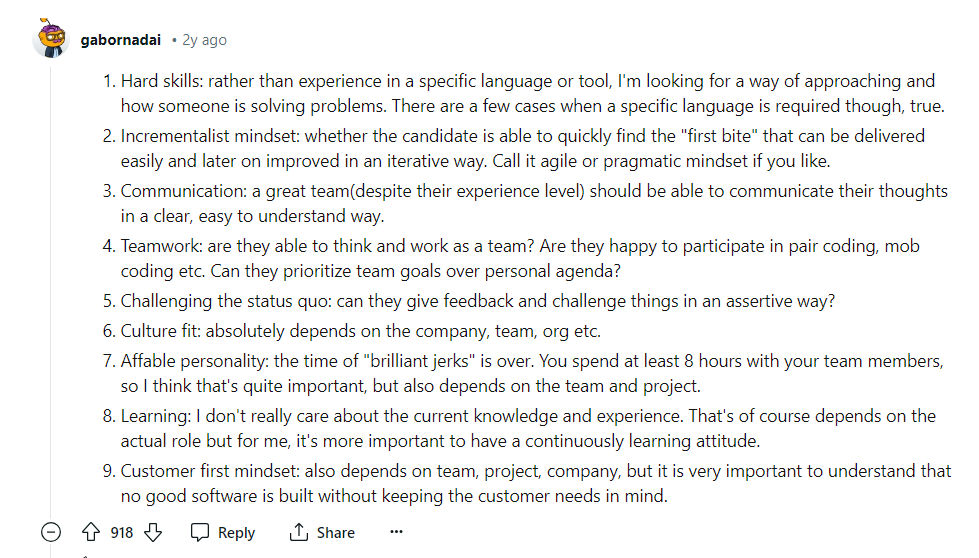
Determine the right compensation for the specific roles in your team. We suggest giving hourly roles instead. Their rates will reflect how much you value your team’s skills and contributions. Introduce performance-based incentives or bonuses to keep them motivated. By prioritizing talented individuals, you can increase your sales by 19%.
5. Decide on a Business Model
There are a lot of business models that can help you with your clients. These models can help you choose the approach to dealing with your clients. We have here five business models to help you discover what works best for your web design business.
- Freelance Model: This model involves freelancers offering their services directly. This is on a project-by-project basis. You manage client meetings, designs, and development.
- Agency Model: This model is for a team or a web design agency. It allows you to handle larger projects. You give more services like branding, marketing, and maintenance for a onetime payment.
- Subscription-Based Model: This model offers a fixed monthly or annual fee. It offers maintenance and ensures clients have peace of mind and continuous progress.
- Productized Services: This model offers a pre-defined service package with a fixed price and specific deliverables. It lets clients understand what they’re receiving. For instance, pre-designed, customizable website templates.
- White-Labeling: This model allows you to partner with marketing agencies and software companies. You will work under their name while the company pays you.
Among all these web models, the agency model is the most common. Agencies carry a net profit margin between 6.0% and 12.0%. This is because of the plenty of services they offer to clients and boost their online presence.
6. Create Your Legal Structure
Next step is to have a solid legal structure to protect your business, clients, and properties. Make sure your business follows the law and establishes terms with your clients. These strategies allow your business to protect you and new clients. Be transparent about your relationships, safeguard your assets, and be a good citizen.
Let’s start first by setting up your contractual agreements. Put your scope of work, payment terms, and intellectual property rights. This can prevent any sort of disagreements in the long run. Register your trademarks or copyrights to the design and content you make.
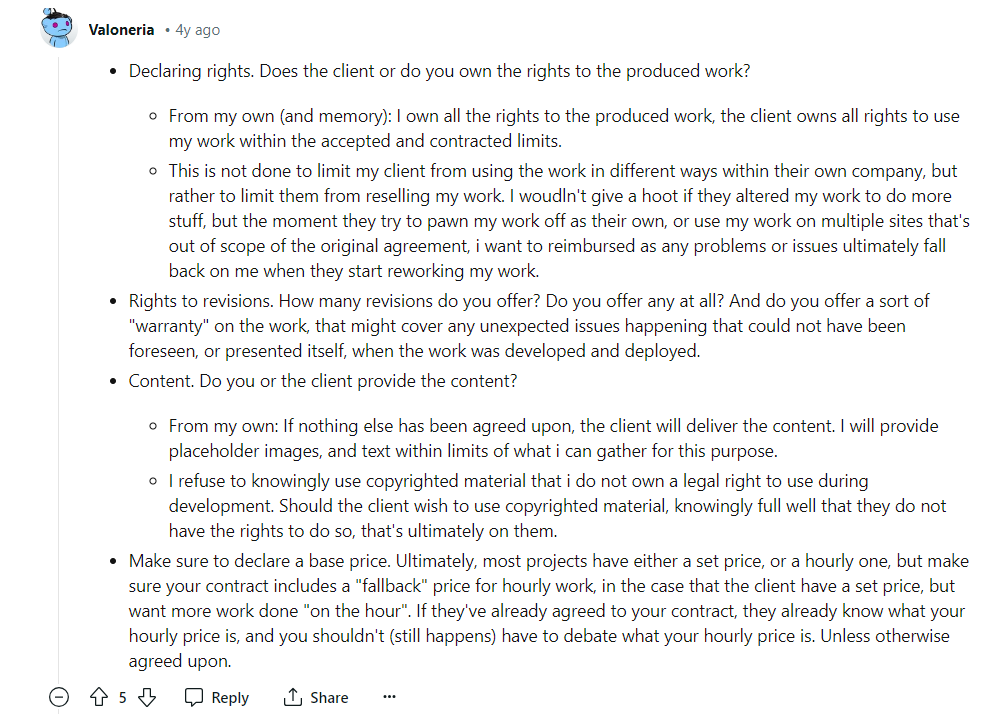
Use privacy policies like General Data Protection Regulation (for EU clients) or California Consumer Privacy Act (for US clients). These policies build professionalism and reliability in enhancing your business reputation. Being legally compliant gives you more confidence to deal with your clients.
Seek legal advice from those in business law or intellectual property. You can understand more of your legal options. If you must, do it regularly. Update your legal strategy from time to time. By doing so, you build a solid foundation for your web designing business.
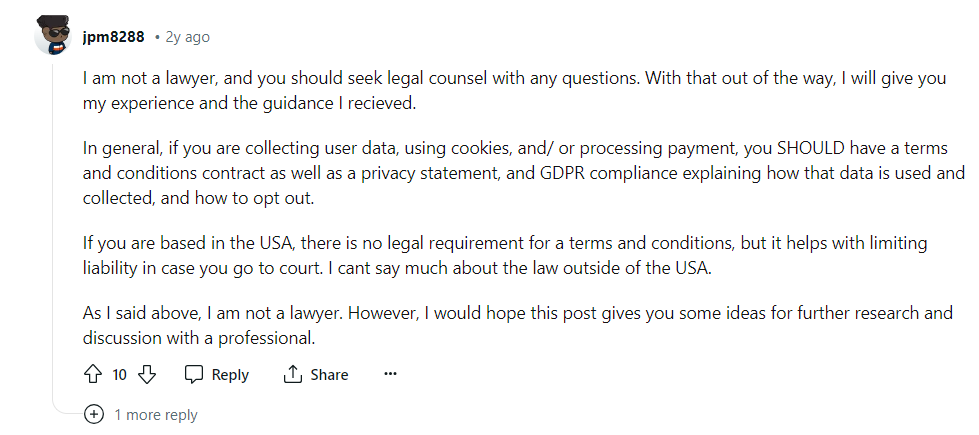
7. Set Your Pricing Model
Do you have a goal of reaching $10,000 a month? This digit is not impossible and it can happen, but for starters, an average of $50,000 annually is not bad at all. It can still pay your bills and let you pursue your business.
Start pricing your basic sites at $300 to $500. This can apply to local businesses around you. You can adjust your pricing strategy, but it is most crucial to be transparent to your clients. Below’s a detailed cost breakdown:
| Service | Starting Cost |
|---|---|
| Starter Template Customization | $200 |
| Responsive Navigation Setup | $150 |
| Landing Section Creation | $300 |
| About, Contact, and Testimonial Page Design | $250 |
| Footer Customization | $100 |
| Switching to Dark Mode | $200 |
This breakdown is $1200 in total. You can turn this package into $1000 or even $1500, depending on what your clients can afford. To have control over the hosting and maintenance website, you can charge about $50 to $150 per month. Give a detailed list of their investment. We're sure they’ll understand your prices.
But what if they don’t have the budget to pay a thousand dollars? Don’t run away from these new clients yet. You can offer them low ticket websites that are $100 to $200 monthly. The difference is that you're using copy-paste website templates for their business. If you’re working with plumbers or roofers, you can build the website once and put in their photos. A lot of businesses know that it’s better to have a website than none. It gives 48% of credibility.
Also, don’t forget to price your hosting and maintenance monthly fees. This can be a recurring package for about $50 to $150 per month. You can handle the automations for them. Whether it be Facebook messages or an automatic message when the business gets a missed call. If we can send them a bunch of leads or we can send them a bunch of interested people, they’re happy to pay for it.
8. Start Building Your Rapport
It’s time to establish a rapport with your future clients. You can start off with people who already trust you–your family and friends. You can learn from their feedback and also ask them to put a good word-of-mouth on others. Get to know their challenges and help them with real, good advice.
If your close ones don’t have a business yet, look for those in your local community. You can establish a relationship with the gym owner or the coffee shop owner you frequent. These clients have the budget to finance your web design service. For starters, offer heavy discounts and build up your services.
Invest some of your earnings back into your clients' projects. You can pay for a new design or hire a copywriter to enhance website content. Remember that you are investing because it will also return. This happens in increased sales, increased website visibility, or a better conversion rate. Provide value and your clients will be loyal to you. Most importantly, don’t compete for cheap clients. It’s different to have clients who can’t afford it and clients who belittle your services.
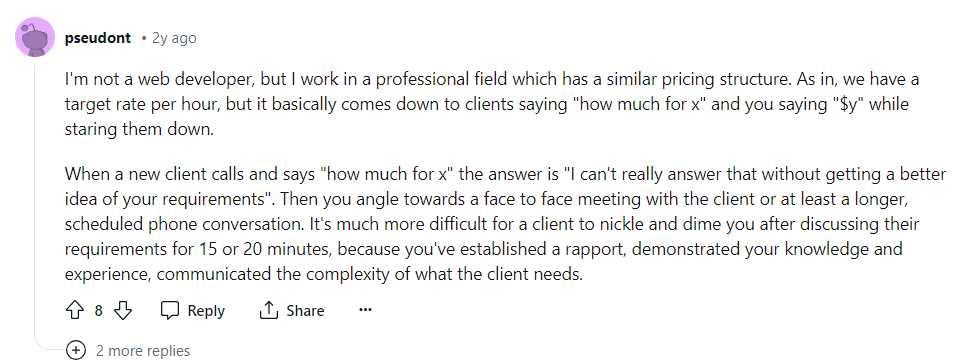
9. Showcase Your Expertise
Showcasing your expertise can attract more clients for you. This step brings creativity to your portfolios, case studies, testimonials, and online content. This part allows you to meet the design needs of your clients and exceed their expectations.
The most common way to showcase your skills is through portfolios. It sets you apart from other designers and highlights all your past work. It also gives clients the confidence that they’re at the right web design agency. 59% browse websites that are strong and well-designed. Snapps.ai is a platform that can help you build your portfolio. Aside from customizable templates, it has tools to attract your target audience.
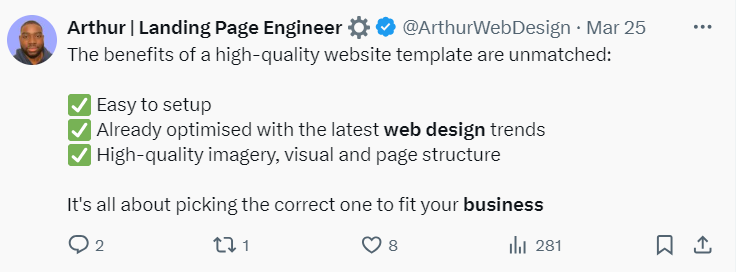
Another way to showcase your skills is through a video. Take a video that showcases the process on how you design. Also, talk about past projects and some tips about website development and design. You can post this on your social media sites and your website’s home page. Share related posts and articles, as well as those who need information or guidance. This establishes your authority in the web design world.
Don’t forget to ask for testimonials! Testimonials bring good results to your next clients. It will also help you raise your rates from time to time. The more samples and clients you serve, the more “yes” you can have. Although some will consider you expensive, let your expertise speak for itself.
10. Know How to Sell
Now that we’re done with the technical skills, it’s time to know how to sell your services effectively. You may have failed interviews and now wondering “is web design business profitable?” Yes, it still is. You may have all the services and a good portfolio, but you also need a marketing sales funnel.
To do that, start your market research on those around you. Local businesses either have an outdated website or none. Cafes, restaurants, clothing stores, or any other can help you operate your business. Research about them first before selling your services. Answer these questions:
- What is their current online presence? Are they active on social media? Is their website receiving leads?
- Who is their target market?
- What are their financial goals? How much sales are they expecting for the next few months?
When you’re done, that’s the time you walk up their door, email them, or call them. As you send your package, give them real numbers on how you can bring them customers. It’s a smart move to create mockup pages. Show them what they currently lack and what you can offer them as you pitch. Focus on increased visibility, more customers, streamlined operations, and improved customer experience.
Listen well after your initial pitch. Follow up to answer questions they may have and state your goals for them. Persistence is key in sales. Once you've addressed concerns, close the deal and outline the next steps. Secure their commitment to move forward with your services.
11. Educate Yourself to Educate Others
Aside from the visuals and marketing, you still need to keep learning. Not because you have been in web development for years, you’re equipped with so much. The web design trends are continuous, so it’s important to keep up-to-date. Because clients know that websites are a need, 73% will keep investing to stay competitive.
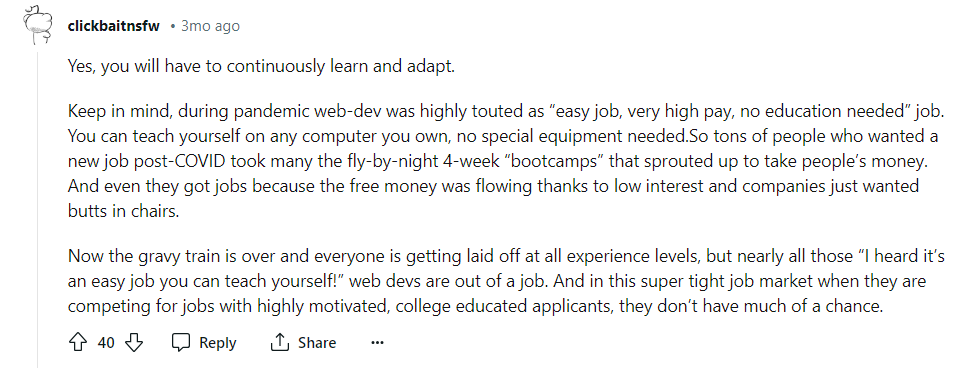
To start, refresh yourself with basic HTML, CSS, and other web design principles. Grow deeper into topics like back-end development, content management systems (CMS), and SEO. Understanding these will allow you to offer solutions to your clients. There are online resources, tutorials, and courses to help you keep up with the latest on web design.
Why Start a Web Design Business NOW?
After the COVID-19 pandemic, the demand for web design services has surged to grow 23% from 2021 to 2031. As a digital-first world, online presence is too crucial for both big and small businesses. Many lack the resources or expertise to create an effective online platform. This presents an opportunity for all web design businesses to start now. Other benefits of starting now include:
- Ensuring a steady income for yourself as you manage your client’s websites.
- You expand your territory not only locally, but also around the world.
- As soon as possible, you can create long-term relationships with clients.
- You may start at a small amount now, but you can renegotiate the terms after months in the business.
- You can have a team that can suit your rates, love to be freelancers, and work from home. You can capitalize on this trend while offering services.
This is the right time to start a web design company. By being a reliable partner and business owner, this is the right time to start that business.
Will AI affect my Web Design Business?
AI (Artificial Intelligence) will affect your business, but it won't replace you. Instead, AI technologies are there to lead more efficient workflows and design solutions. Here's how AI could affect your web design business:
- Streamlines your layout creation, image optimization, and content generation tasks.
- Analyzes user data to personalize website content and user experience.
- Studies user behavior across different devices and screen sizes to improve websites.
- Tracks website performance metrics and user feedback to identify areas for improvement.
- Comes with voice and image recognition that enable new types of user interactions.
- Provides valuable insights into user behavior, preferences, and trends.
AI can help you, but it can never replace the human touch of web designers and developers. Embracing AI helps workflow to stay competitive and deliver results to your clients.
Will Starting a Web Design Business Make My Life Easy?
No, it won’t make your life easy, but it offers benefits that make the journey worthwhile. Compared to others, owning a web design business allows you sole proprietorship. You’re not limited by fixed work schedules nor the corporate hierarchies. Starting a web design business allows you to be passionate and fit your lifestyle.
While the competitive market may be stressful, this stress can be an advantage. It stresses you to innovate, adapt, and stay ahead of the competition. It stresses you toward growth and success. All because you have the freedom to be creative and collaborate with industries. All these 11 steps can support your financial prosperity.
So, ask yourself: Are you content with where you are, or do you aspire to achieve more? Whether it's six months or a year from now, investing can lead to a successful web design business.
While on the journey,
Snapps.ai allows you to enjoy the freedom to pursue what you want and impress your clients. Develop websites effortlessly and design your clients' websites with Snapps.ai.
Recent Articles



Ready? Try it for Free
Sign up now and build your pages the way you envisioned. No credit cards required.
Our Support Heroes Are Here For You
Don’t waste time on tedious manual tasks. Let Automation do it for you. Simplify workflows, reduce errors, and save time for solving more important problems.


